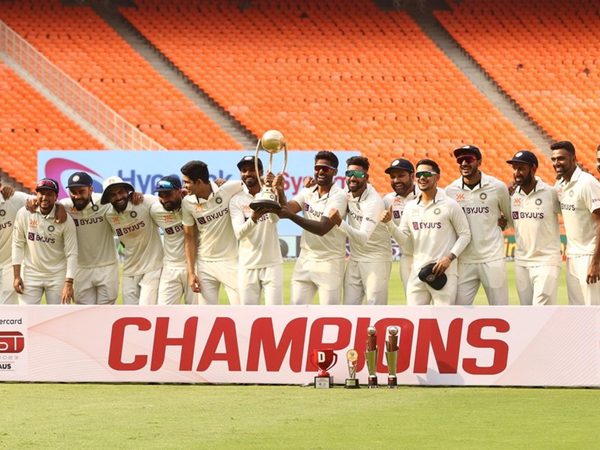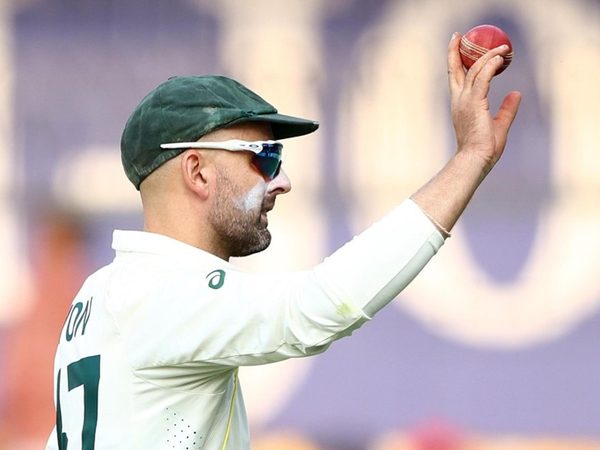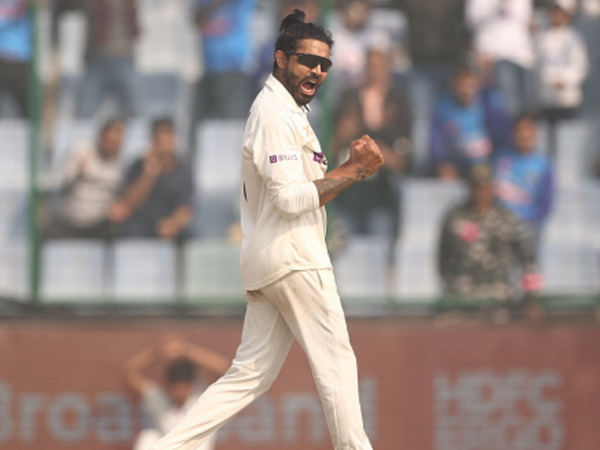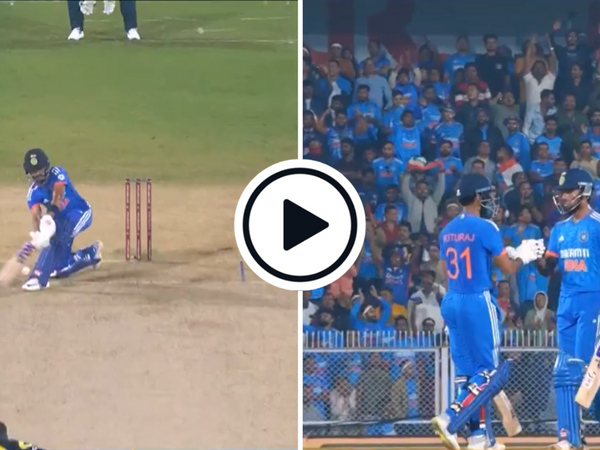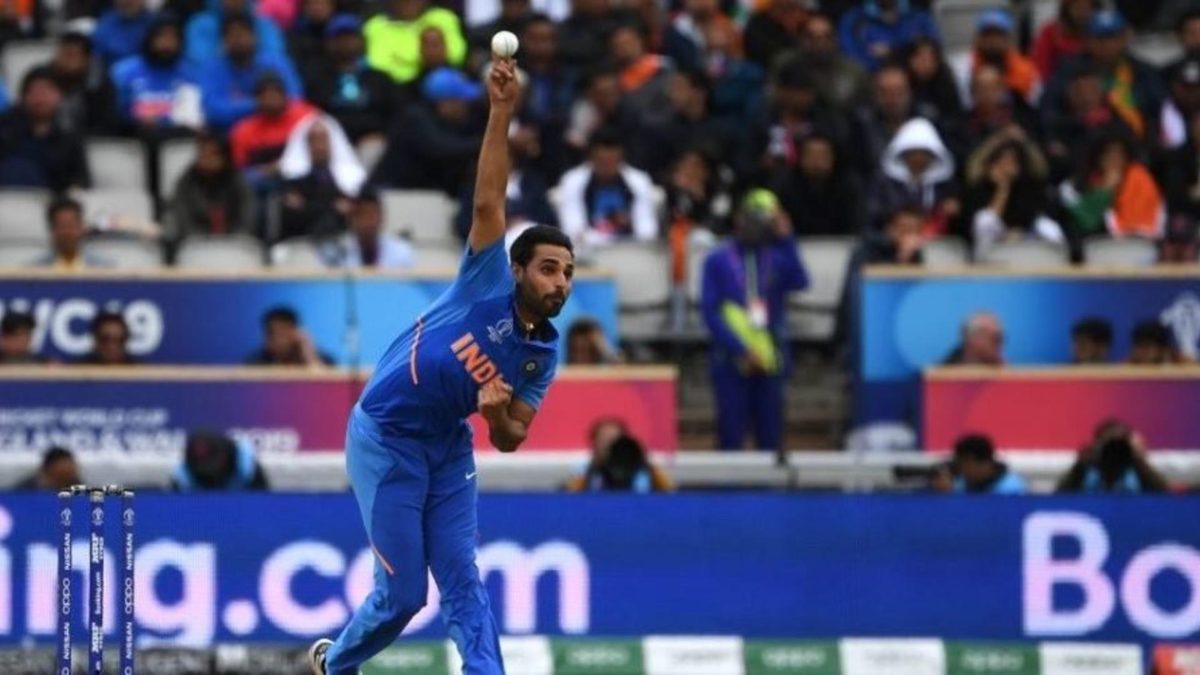
Bhuvneshwar Kumar is just as good in Twenty20 cricket as he has ever been – it has just been a case of a few ordinary overs in an uncharacteristic role, writes Abhishek Mukherjee.
Against Pakistan at the Asia Cup, India needed to defend 26 in two overs. Rohit Sharma entrusted the task to Bhuvneshwar Kumar, who conceded two wides, two fours, and a six in a 19-run over. India lost in the final over, despite the best efforts of Arshdeep Singh.
The situation was similar for India in their next match, against Sri Lanka, when they needed to defend 21 in two overs – an often-achieved target by 2022 standards. This time Bhuvneshwar’s 19th over went for 14 (including an edged four); once again, the match was sealed by the time Arshdeep came on.
In comparison, Australia had virtually sealed the run-fest at Mohali by the time of the penultimate set of six. In a match featuring 22 sixes and over four hundred runs, 18 in two overs was barely going to be a challenge. To his credit, Bhuvneshwar, having conceded 15 in the 17th over, kept it to four in three balls in the 19th. Then Matthew Wade hit three fours to seal the match.
Across three matches, Bhuvneshwar’s figures at the death read 4-0-63-0 (apart from a leg-bye). Ordinary, no doubt – but they add up to one spell’s worth of bowling in Twenty20 cricket in a role he will, in all probability, not be required for in the long run.
Bhuvneshwar Kumar: A Twenty20 legend
With a 100-ball cut-off, Bhuvneshwar had the best economy rate (5.92) in the powerplay overs in the 2022 IPL. This is not a one-off; he held the top spot with the same cut-off in 2021 (5.95) as well.
In fact, his powerplay economy rate (5.94) is the best in IPL history with a 1,000-ball cut-off. The next five fast bowlers on the list – Dale Steyn (6.26), Lasith Malinga (6.27), Zaheer Khan (6.74), Sandeep Sharma (6.85), and Ishant Sharma (7.08) are not in contention anymore.
If one stretches it to all Twenty20 cricket, he still tops the charts, with an even better powerplay economy rate of 5.85. In T20Is, it reads 5.69 – once again, the best, with a 500-ball cut-off (no one has bowled 1,000 balls in the powerplay).
He also bowls 51 per cent of his balls inside the six-over powerplay, which accounts for 30 per cent of a Twenty20 innings. In internationals, that goes up to 60 per cent.
Bhuvneshwar’s 972 balls in the powerplay are significantly more than what the next names on the list – Tim Southee (804), Samuel Badree (726), and Chris Jordan (608) – have bowled. It is not a surprise that his 43 wickets are nine clear of anyone else’s tally.
If the numbers sound an overkill, they are there to drive a couple of points home. Bhuvneshwar is arguably the greatest powerplay bowler Twenty20 cricket has known. His numbers in the IPL bear testimony to his mastery of flat wickets with the new ball, with the field inside the circle.
On the flip side, bowling 60 per cent of his overs inside the powerplay has led to India using him sparingly at the death. At the Asia Cup, India were without Jasprit Bumrah and Harshal Patel, two of India’s three specialists at the death (Arshdeep being the other).
While Harshal returned for the Mohali match, Bumrah did not. Since Arshdeep was rested, India went into the match one death-over specialist short.
The management did alter their strategy. After a team bowls 18 overs while defending a target, the superior bowler often gets the 19th over. In the Asia Cup, India backed Bhuvneshwar over Arshdeep twice in succession. Perhaps it was based on experience in international cricket.
The decision overlooked the fact that Bhuvneshwar’s economy at the death read 9.11 in T20Is at that point (it has risen to 9.49 now). In the 2022 IPL, Bhuvneshwar had gone for 8.60 at the death; Arshdeep, 7.58.
It predictably backfired. At Mohali, India had to defend 55 in four overs – but only one of them would be Harshal’s, fresh into the side after recovering from an injury. Bhuvneshwar was expected to bowl two overs at the death.
India will not require Bhuvneshwar to bowl at the death when at least two of Bumrah, Harshal, and Arshdeep are available to them. And once that happens, he can bowl three overs with the new ball and be done with bowling early in the innings.
We often look at Twenty20 batters as specialists based on when they bat for most of their careers. It is time we stretch these roles to bowlers as well.

